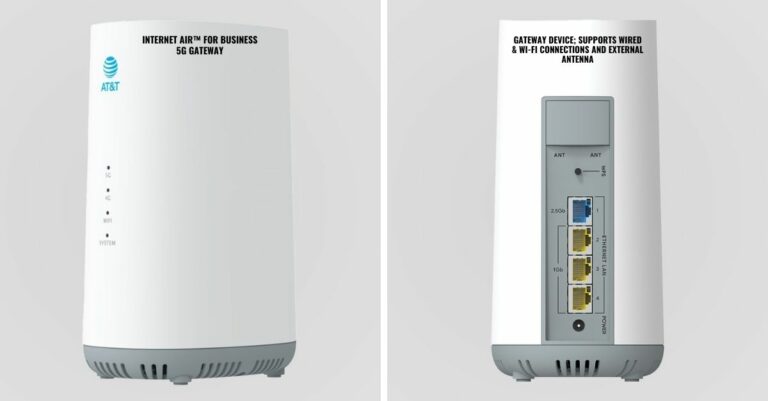Charter Communications is ramping up efforts to address the ongoing challenge of cord-cutting by integrating major streaming services into its cable-TV packages. As the largest cable provider in the U.S., Charter plans to offer over 10 streaming services at no additional cost to its customers, in an attempt to retain its current subscriber base and attract new customers.
This ambitious plan is set to roll out in 2025, following the full integration of various streaming apps into Charter’s platform. The company has already secured deals with several major content providers, marking a significant shift in its approach to video services.
Charter Combats Cord-Cutting with Free Streaming Services in Cable Packages
With the increasing shift of consumers to online streaming platforms, Charter has faced a steady decline in its video subscribers. To counter this, Charter is betting on a new bundling strategy. The company is preparing a marketing campaign that will promote its plan to include streaming services like Peacock, Max, and Discovery+ in its pay-TV packages at no extra charge.
The idea is simple: By bundling these streaming services into its traditional cable offering, Charter aims to prevent its customers from having to pay separately for streaming services they already receive as part of their cable subscription. According to the company, subscribing to these streaming services individually would cost about $65 per month. This makes Charter’s cable service, which typically costs around $120 per month for over 150 channels, more appealing to customers who might otherwise cut the cord.
Streaming Integration: Charter’s New Core Pay-TV Offering
Charter has already struck deals with major media companies such as Comcast, Warner Bros. Discovery, Disney, and Paramount Global, to incorporate their streaming platforms into its cable packages. Streaming services like Disney+, ESPN+, Paramount+, and AMC+ are now part of the offering, giving Charter subscribers access to a wide array of content that blends both traditional and digital television services.
These deals were negotiated as part of broader carriage agreements with the content providers. In some cases, Charter will provide the streaming services at no cost, while in others, the company will pay a wholesale rate for access. For instance, Charter’s agreement with NBCUniversal allows the company to include the ad-supported version of Peacock at no extra cost to its subscribers. Similarly, subscribers will have access to the Max and Discovery+ platforms through Charter’s Spectrum service.
Charter Plans Major 2025 Expansion of Streaming Services
While the initial bundle of streaming services is already in place, Charter’s strategy is expected to expand further in 2025. The company plans to integrate additional apps into its platform, creating a more comprehensive streaming package for its pay-TV customers. This approach is part of Charter’s broader goal to stop the exodus of cable subscribers and attract new ones.
The integration process has been delayed due to technical challenges and competition from back-to-school and holiday promotions by other companies offering free streaming services. However, Charter expects to overcome these hurdles by next year, when it will launch a major marketing campaign to promote its new bundles.
The company’s streaming strategy is not just about retaining video customers—it’s also about growing its broadband subscriber base. Charter has over 30 million internet subscribers, and the company sees an opportunity to sell standalone streaming services like Netflix, Amazon Prime Video, and Apple TV+ to these customers without requiring them to subscribe to cable.
Charter’s Hybrid TV and Streaming Model: A Win for Media Companies
Charter’s hybrid model of pay-TV and streaming is not only beneficial for the cable company but also for the media companies involved. For companies like Disney, Warner Bros., and Paramount, which are heavily invested in direct-to-consumer streaming services, the pay-TV bundle provides a valuable opportunity to increase their subscriber numbers without completely abandoning the traditional cable model.
For example, in a renewal agreement with Disney, Charter dropped eight lesser-watched channels, including Disney Junior and Freeform, while adding Disney+ and ESPN+ to its sports tier. This allows Disney to grow its streaming subscriber base while still retaining a significant portion of its revenue from traditional cable subscriptions.
Similarly, Charter’s recent agreement with NBCUniversal allows it to offer the Peacock streaming service to its cable subscribers. Peacock Premium, which typically costs $7.99 per month, will be available at no extra charge to Charter’s video customers, further enhancing the value of the cable bundle.
Cord-Cutting Continues to Challenge Traditional Cable Providers
Despite these efforts, Charter, like many of its cable peers, continues to lose video subscribers at an alarming rate. The company shed 408,000 video subscribers in the second quarter of 2024 alone, bringing its total number of video subscribers down to 13.09 million.
This decline is part of a broader trend in the industry, as consumers increasingly favor streaming services over traditional cable. Charter’s new strategy of bundling streaming services with its cable packages is a direct response to this trend. By offering a comprehensive package that includes both traditional cable channels and popular streaming platforms, Charter hopes to slow the rate of cord-cutting and keep more of its customers subscribed to its video services.
Charter’s Streaming Bundle: Gaining a Competitive Edge in 2025
Charter’s move to integrate streaming services into its cable-TV packages is not only aimed at stopping cord-cutting but also at gaining a competitive edge in an increasingly digital entertainment landscape. The company’s new approach gives it the ability to offer a broader range of content than many of its competitors, who continue to focus solely on either traditional cable or streaming.
Furthermore, by allowing broadband-only customers to subscribe to popular streaming services like Netflix, Apple TV+, and Amazon Prime Video separately, Charter is expanding its revenue opportunities while giving consumers more flexibility in how they access content.
As Charter prepares to announce its third-quarter results in November, the success of its streaming bundle strategy will be closely watched by industry analysts. If the company can successfully integrate additional streaming apps into its platform by 2025, it may have found a sustainable way to address the ongoing challenge of cord-cutting.






























